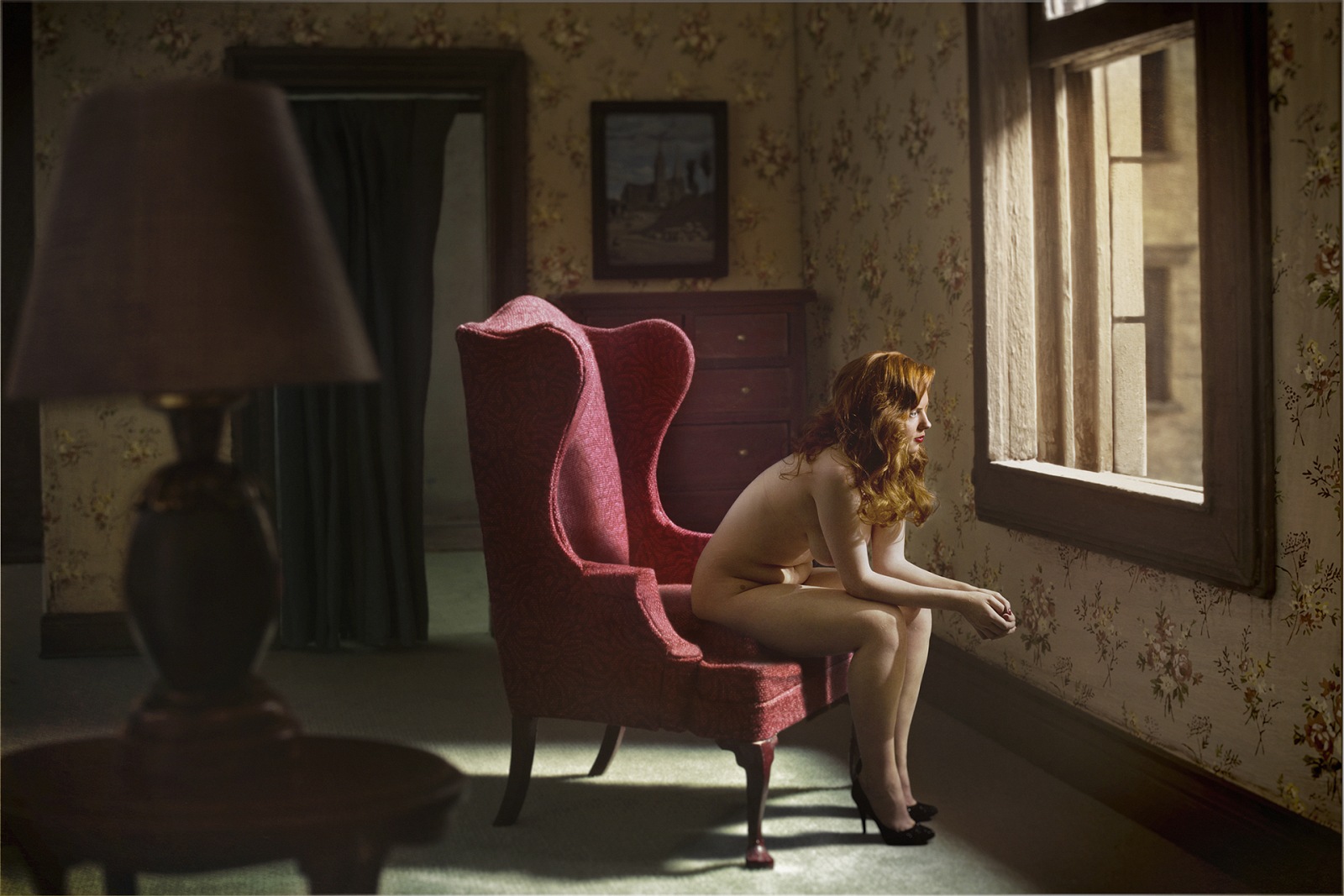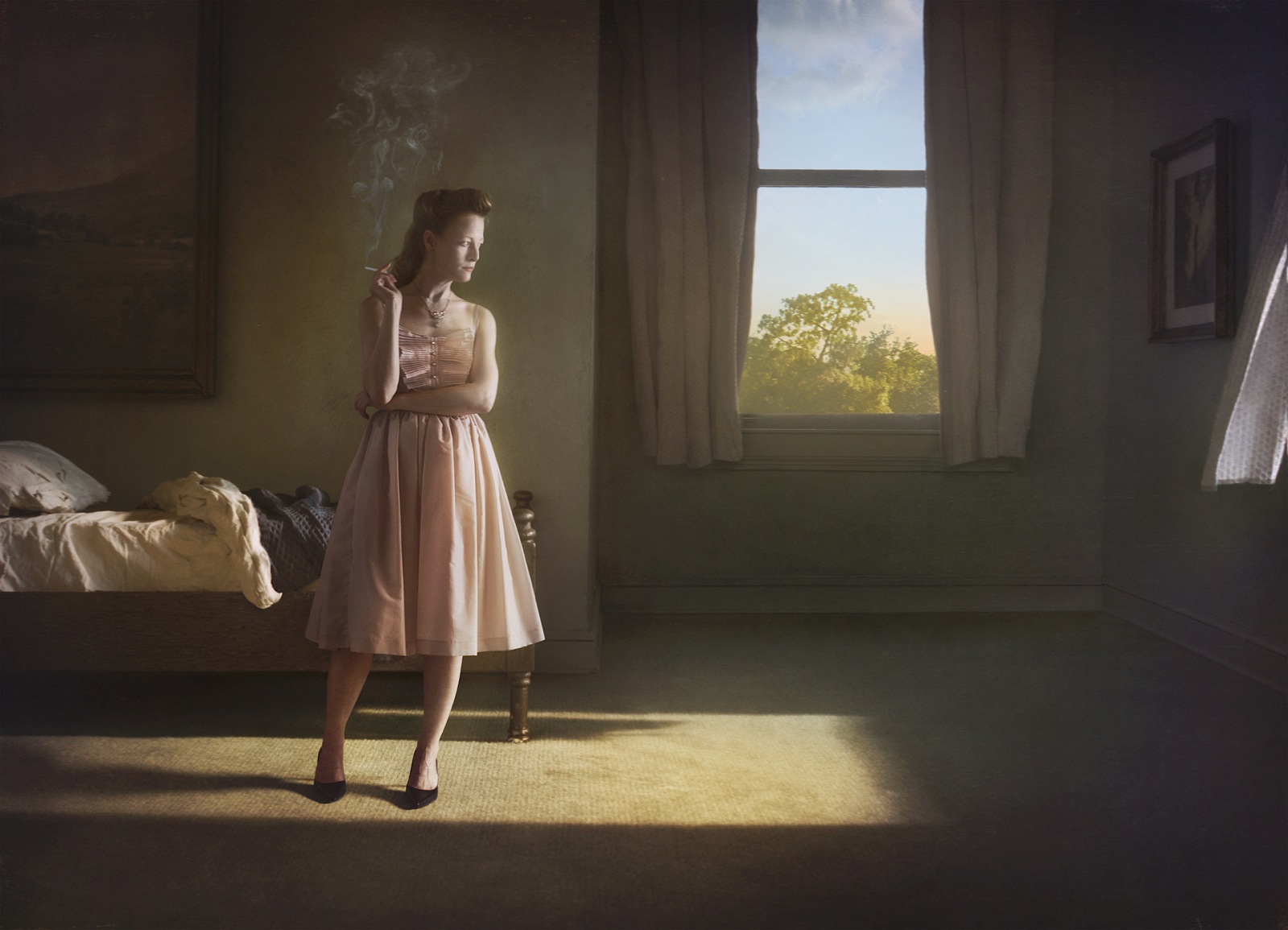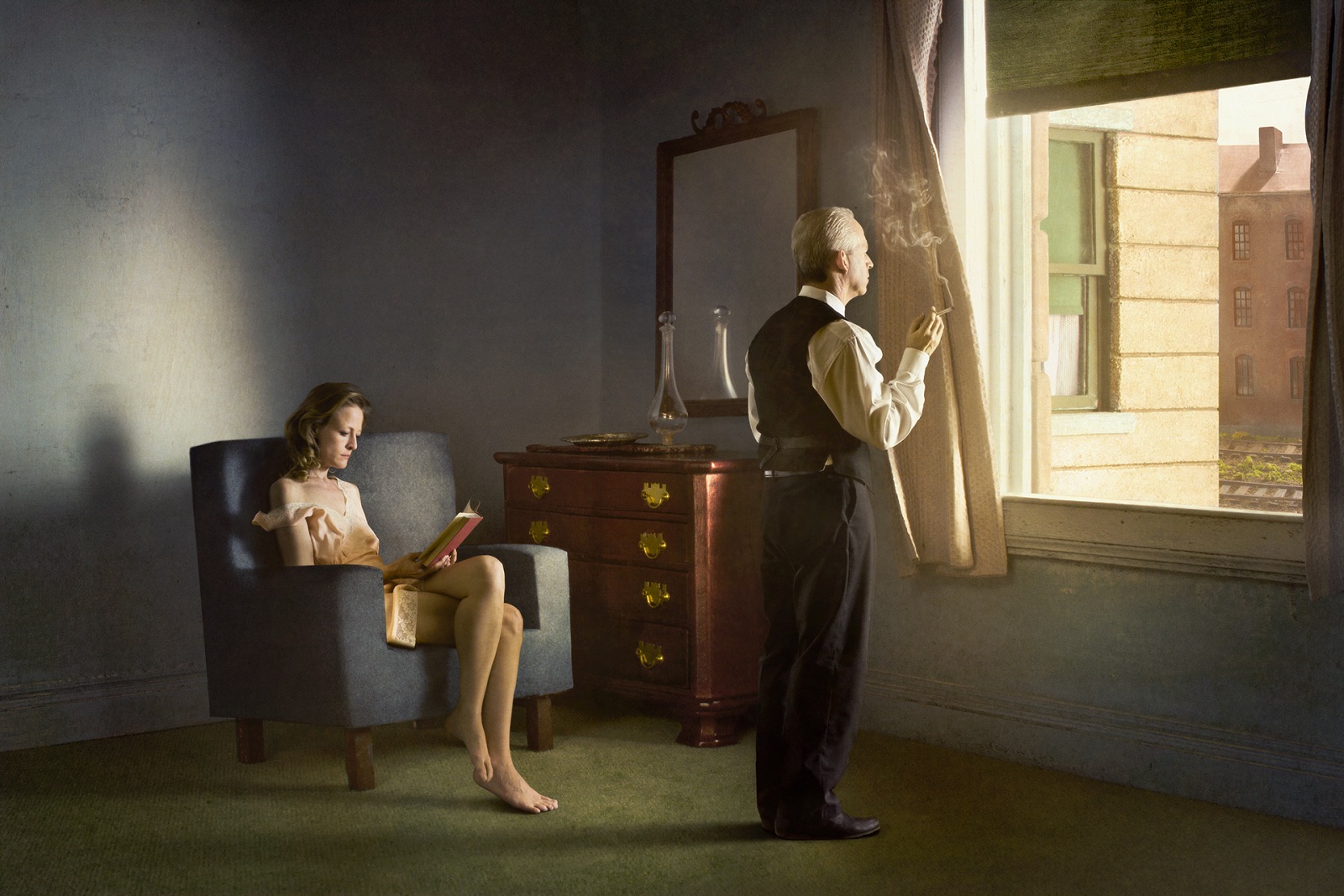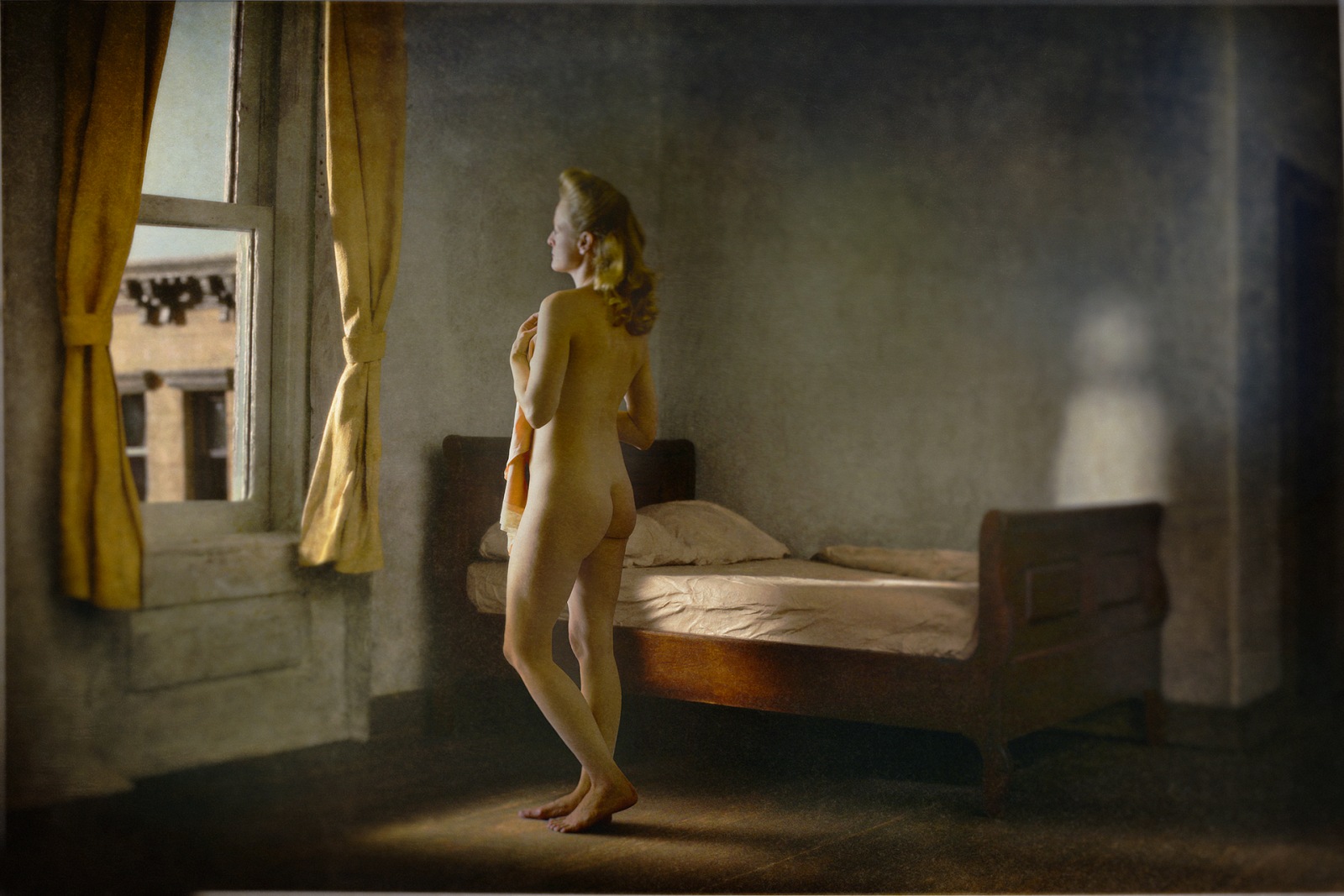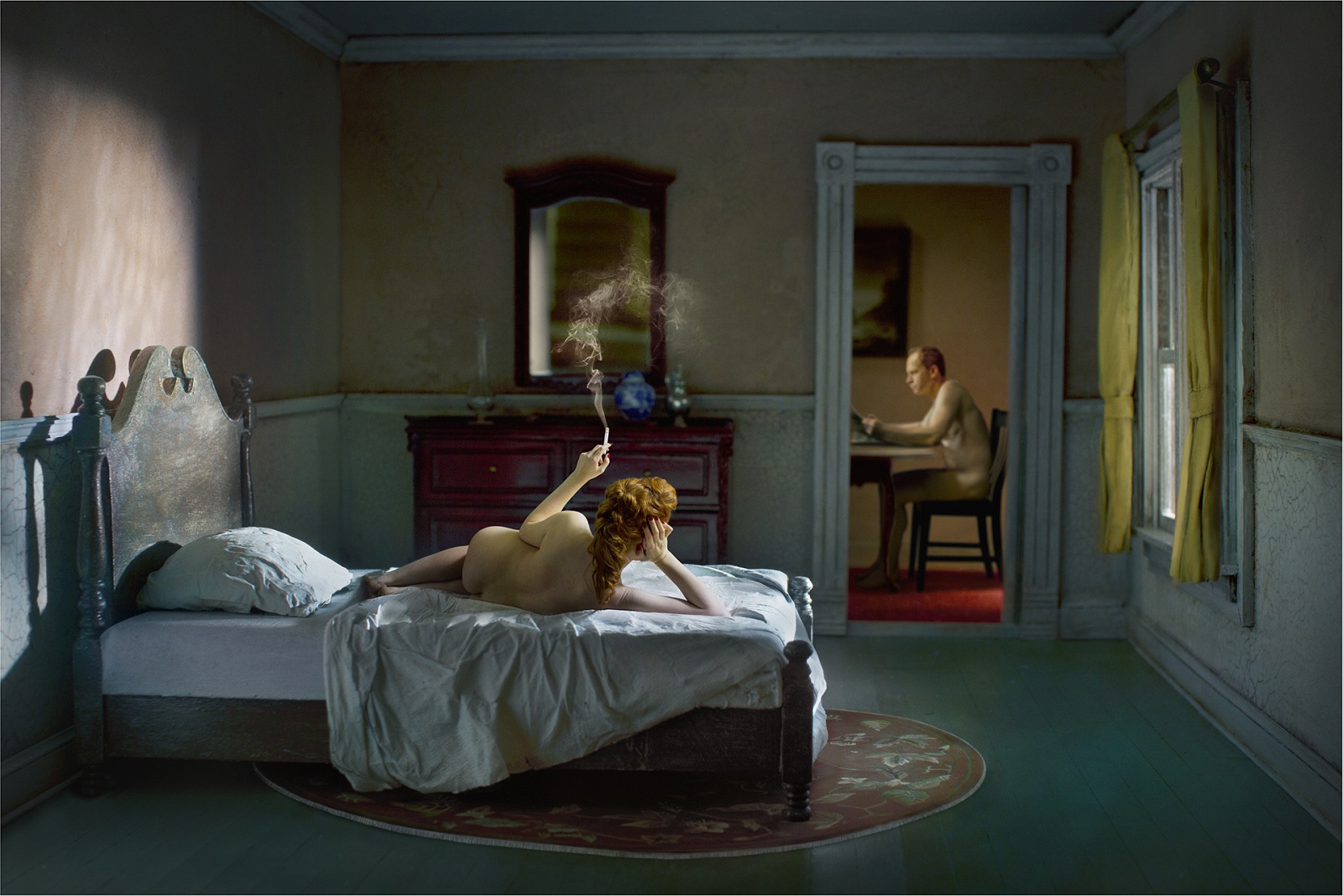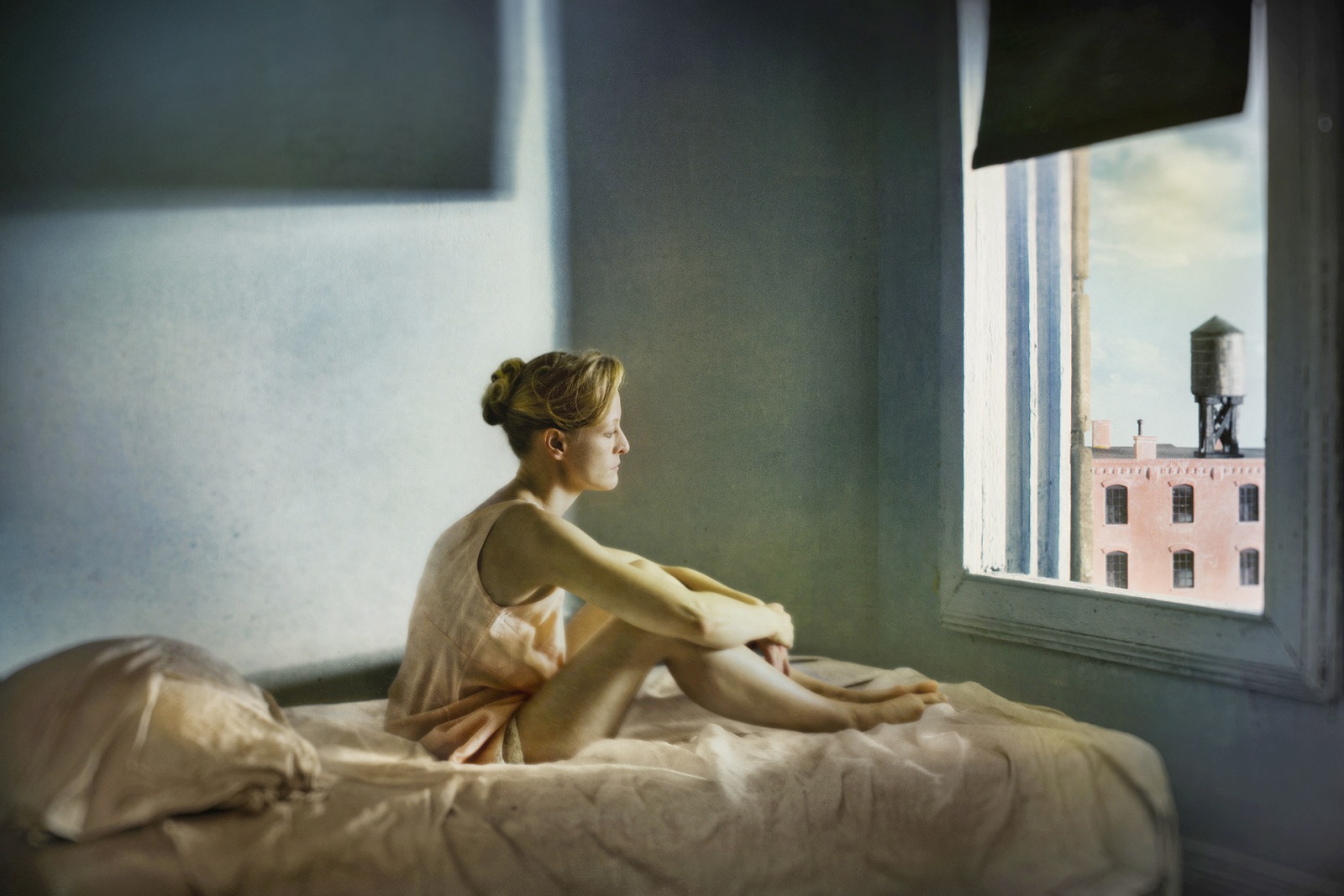richard tuschman
Hopper meditations*
«I said that Hopper has a particular light, which does not seem to fill the air. It seems instead to adhere to the walls and objects, almost as if it came from them, almost emanated from their tones designed and distributed with so much care. (For tones I mean the combined effects of colour and light and shadow). My friend, the painter William Bailey, once told me that the forms of Hopper carry with them the feeling of light, and I think that this statement is true. In Hopper’s paintings, the light is not applied to the shape; rather, his paintings are built from forms that the light takes. His light, especially the light from within, manages to be convincing without being fluid»**
Mark Strand
Immobility. Suspension. Waiting for... we do not know what. The light caresses the figures, but at the same time defines and empties. From a secondary role it rises, as is appropriate when it comes to photography, to the role of protagonist. Women and men, arranged in pro-photographic space with compositional skill, they lose their individuality, immersed as they are in a dynamically static light. It seems to sense the movement of electrons that move to create waves of light, but everything is immobile.
The separation is clear, but not contradictory. Men and women have crystallized into actions that have neither past nor future, but unfold in both directions. As strings stretched between the infinite and the finite nature of the human condition, trying to unite opposite poles. So images, even if artefacts and idealised, turn out to be familiar.
Internal and external dialogue while remaining distinct, correlated only by that... impalpable matter which we call light. But the gaze is captured in the spaciousness of the rooms. The exterior is no more than an inevitable presence, of course, but faint. The gaze has no reason to deal with it. Despite the flood of activation indices off camera, what goes beyond the limits of the frame does not concern the viewer. All the attention is towards what is happening inside.
On closer inspection the eye, after a fleeting passage, does not even dwell on the interior details. They are functional compositions and colour harmony built on a range that often leads to a time in the morning in which anything can still happen. Where does or anyway where should the eye stop?
The light... we spoke about it before. But if the light had nowhere to fall on to and create shadows we would not be able to perceive it. The eye therefore tries to linger on what it tangibly picks up. Accept the unlocking of doors that open to the dichotomy between material and immaterial. Try to plunge into those mysterious waters, which offer themselves as heralds of observations, which impose not to stop, they suggest to excavate even deeper. The eye penetrates those figures that collect the light becoming its bearers. Scrutinize the invisible. Sink in to that Chinese box made of contradictions that leads as far as the bowels of the universal soul. Arrived by exclusion to consider the figures, finally the eye understands that is not the point of arrival. It is just another springboard asking you to accept those figures as signs, which is delegated to a symbolic role. Only when this acceptance will be accomplished, the board will release its elastic charge and project the eye in that inner condition implied by the author.
It passions and misleads the reference to pictorial brands in the first half of the twentieth century. It is a tribute to the genius and the sensitivity of Hopper, the first cantor imminent separation between the inner world and the pace of modern society, but it is not just that. If starting from the Hopper sign we can still be involved by his photographic reinterpretation, probably it is because the warning issued in the first half of the twentieth century is still valid. And it does not deceive the shape, camouflage, yes, but is not for this unable to free themselves and win their own formal autonomy testified by the softening of the lights and gives a preciousness in the bodies of decades steeped in hedonism. But what matters most is that that subtle awkwardness felt in the presence of a Hopper painting is still present and is perhaps even stronger in contemporary images: we have passed from prophecy to the concreteness of reality.
An uneasiness, which beyond his sociological drift, sees as a protagonist a much older actor of images produced by man: time. The invincible antagonist, which has the same idea of existence. That time when man tries to oppose since by his own creation, just the picture, painting or photograph that it is. It is an attempt to stem the typical human obsession pledged to deny their transience. What always comes back, that remains at the end is always the same atavistic question coeval with the birth of conscious thought: «[...] what are we to make of the time and what does time do to us?». (***) And it is to this that nails the images to us.
[
Sandro Iovine ]
--------------------------------------------
(*) -
The project
Hopper Meditations by Richard Tuschman was exhibited in Arezzo from 2nd to the 11th December 2016, as part of the Arezzo&Fotografia.
(**) - Mark Strand,
Edward Hopper, Donzelli editore, Rome, 2016; p. 41.
(***) -
Ibidem; p. 35.
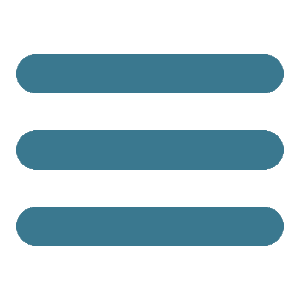
 home
cover ▼
opinions
news ▼
portfolio
post.it
post.cast
video
ongoing
thematicpaths
googlecards
FPtag
home
cover ▼
opinions
news ▼
portfolio
post.it
post.cast
video
ongoing
thematicpaths
googlecards
FPtag

